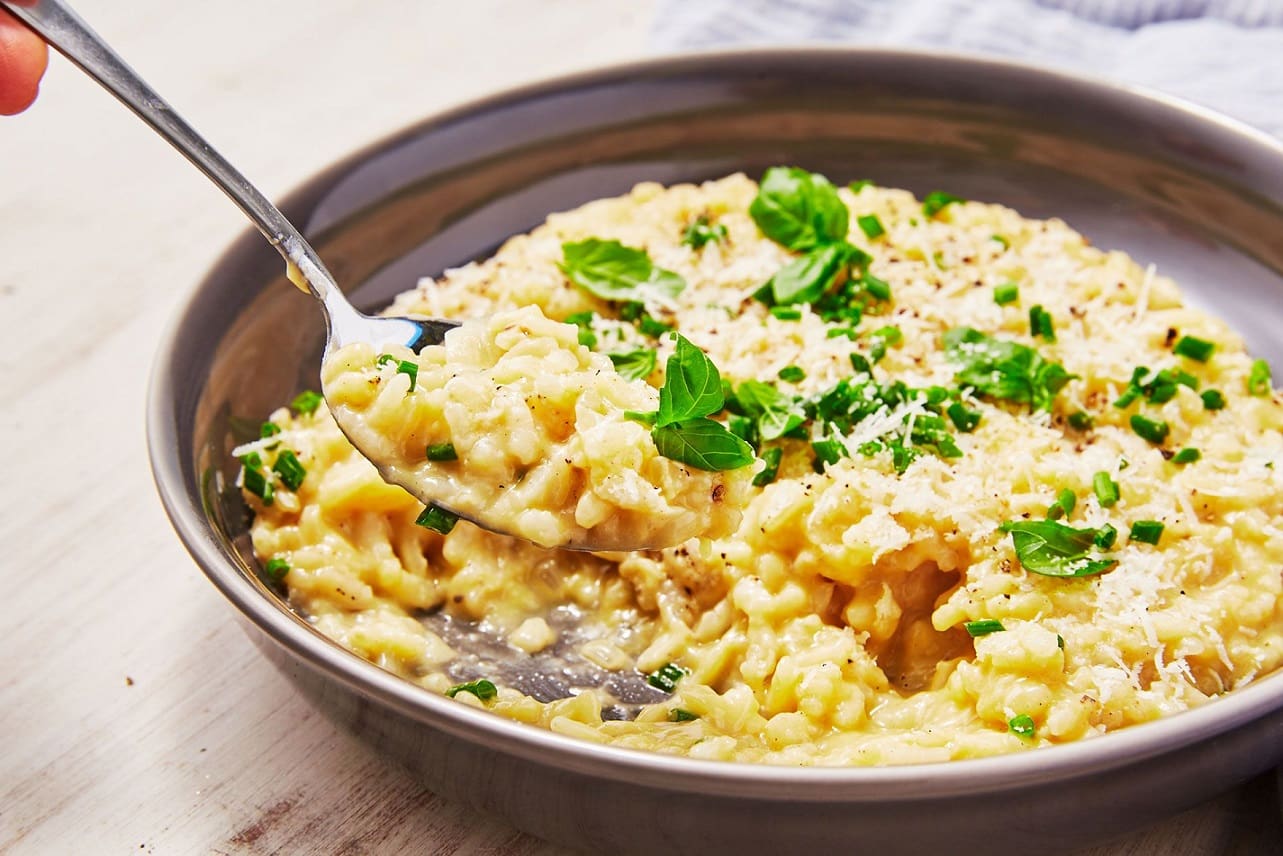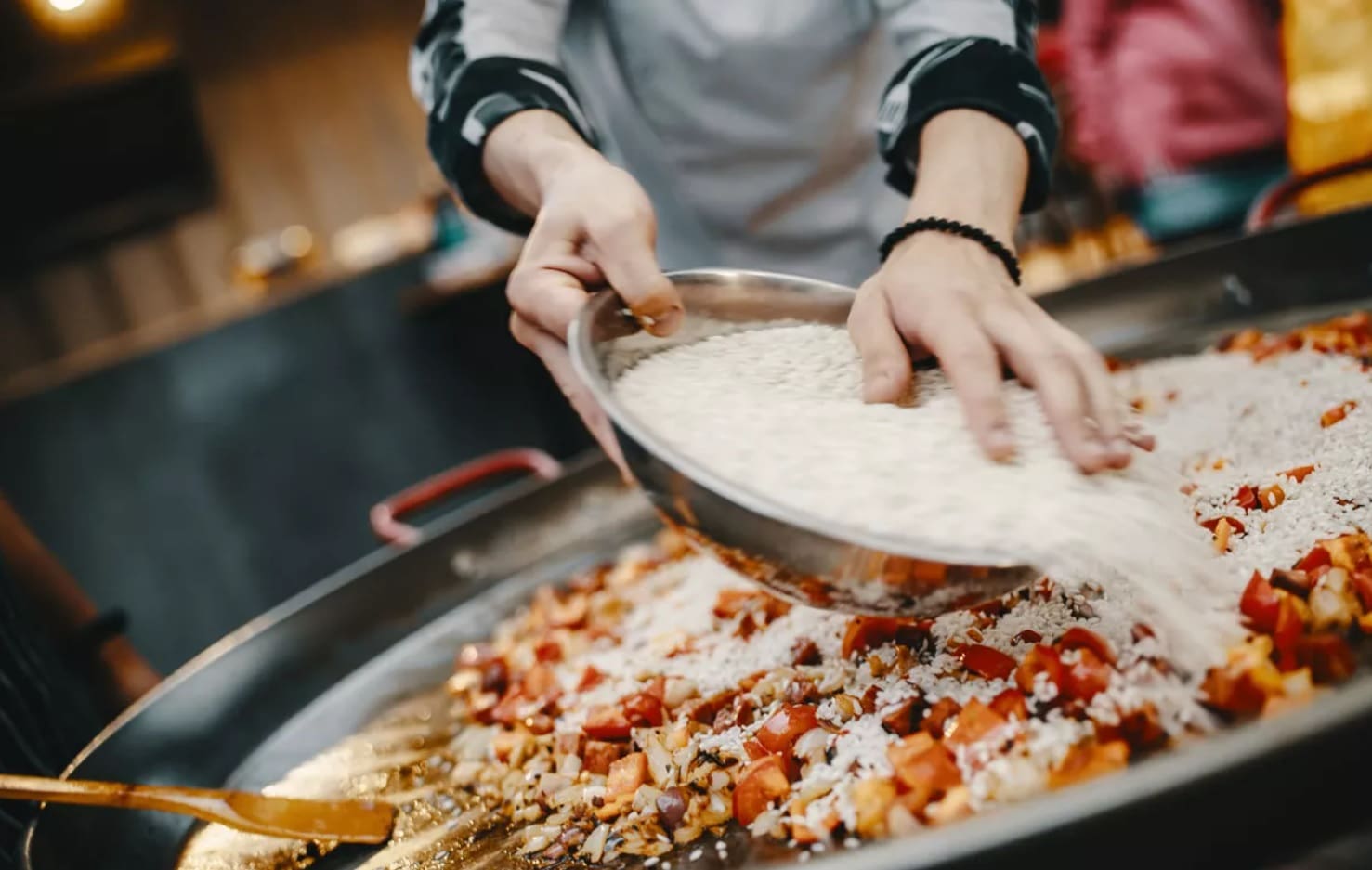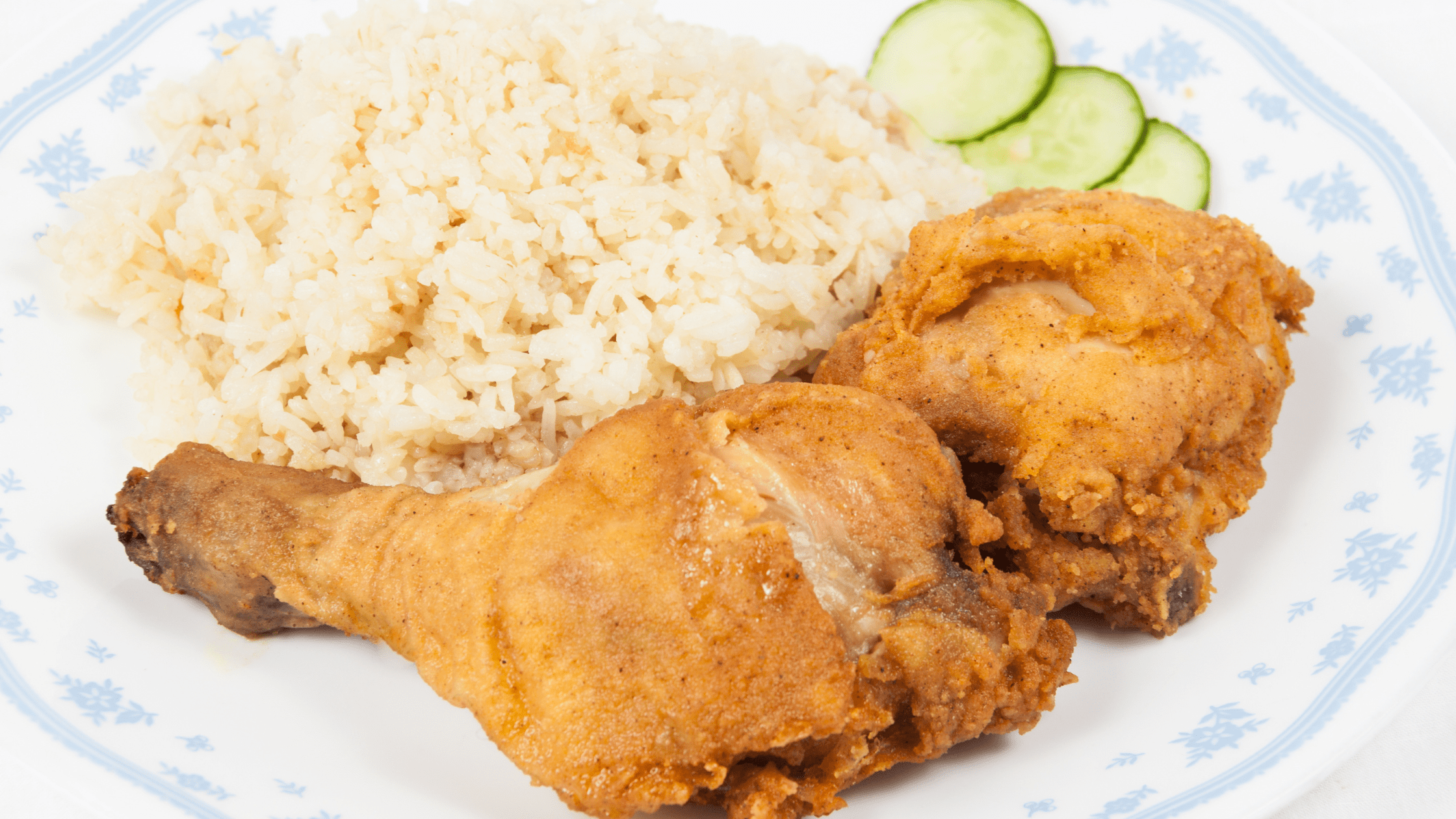Introduction
Suppose you’re heading to a four-star restaurant, and they ask if you would like to order the “Bomba Rice” or “Arborio Rice.” If you wanted to order something other than what was on the menu, how would you know which one was right for your meal?
They look similar, but there are some critical differences between these two types of rice. This blog post will look closely at bomba rice and arborio rice and discuss each type’s pros and cons. By the end of this post, you’ll know which kind of rice is right for you!
What Is Bomba Rice?
Bomba rice is a type of white rice. They contain an amount of protein, fiber, and minerals such as magnesium and manganese.
The kernels found in bomba rice are more significant than those found in other types of white rice because they have a higher starch content than other rice. White rice tends to absorb less water, so the larger kernels allow for better absorption.
What Is Arborio Rice?
Arborio rice is short-grained Italian rice distinguished by its high starch content. Arborio rice has medium-size grains that hold their shape well during cooking, making it ideal for risotto dishes and paellas. Arborio rice was traditionally used in Italian dishes like risotto, but recently it has become popular in other Asian words like bibimbap. Arborio rice grows primarily in the Piedmont region of Italy, along the Po River Valley.
The Difference Between Bomba And Arborio Rice
Now that you understand the difference between bomba and arborio rice, let’s look at some key differences between these two types.
1. Shape
The shape of rice grains is one of the first things people notice about them. If you’re looking for a delicious, creamy rice dish, you might wonder if bomba rice and arborio rice are the same. They look similar, but there are some key differences between these two types of rice.
When bomba rice has finished cooking, its kernels will have a yellowish color and soft texture. On the other hand, Arborio rice is not as smooth when it’s finished cooking. As shown in the picture below, Arborio rice kernels can retain their shape a bit better than those of bomba rice.
2. Texture
During cooking, there will be differences in how both types of rice develop their starch content and taste, but with bomba and arborio rice, you’ll notice a difference in their texture if you eat them raw versus cooked.
Bomba Rice has a soft yet chewy texture when eaten raw or after being cooked for a few minutes. Although the rosemary in bomba rice may give it a slightly bitter taste on its own, bomba’s unique shape allows it to absorb more oil, making it a great ingredient to coat or flavor fish, meats, and vegetables.
Arborio Rice is smooth and creamy when eaten raw. However, the starch in Arborio Rice has a more robust flavor after cooking. When bomba rice is cooked with tomatoes and butter for a risotto dish, you might be surprised at how much of this strong starch taste can be absorbed by the dish for a maximum savory flavor.
3. Color
Bomba rice gets its name because it looks like it might have been dropped off a plane and crushed when it landed. That’s because bomba rice (also known as Spanish or Andean or Chilean wild or “uacayan” rice) is a type of high-yielding, low-input starchy grain crop commonly used in various products produced around South America.
The color of a particular type of rice can be influenced by the variety of plants and how each plant is milled. Arborio rice grows primarily in the Piedmont region of Italy, along the Po River Valley. When cooked, Arborio Rice has a creamy white appearance with slight brown streaks throughout.
4. Cooking Time
Here’s another way to tell the difference between these two types of rice: when you cook them. Cooking both types of rice results in similar cooking times, but bomba rice kernels will be a bit softer than those of Arborio Rice. Since each type of rice has its distinct flavor after being cooked, you’ll want to ensure that both types are consumed at the same point in their cooking process to get the best result.
5. Branding
Regarding marketing, bomba rice is a trendy brand in South America and other parts where food culture is rich. In 1975, this name was registered with the European Union Trademark Office (EU).
How To Cook Bomba Rice?
The process of cooking bomba rice is simple. Like how you would cook Arborio rice, place bomba into a pot with a few tablespoons of water and boil until it’s tender to your liking. As you can see from the picture below, both are short-grain rice that has similar texture and appearance.
Alternatively, for an even healthier option, adding a little olive oil to the water will prevent the grains from sticking together when the rice is cooked.
How To Cook Arborio Rice?
The process of cooking arborio rice is more complex. The process begins by boiling water in a pot with a few tablespoons of rice. After the water boils and the rice absorbs the water, you’ll want to drain the excess water with a colander or strainer without touching anything with your hands.
The Benefits Of Both Types Of Rice
Now that you know the differences between bomba and arborio rice, let’s take a moment to look at the benefits of both types of rice for those who enjoy eating them.
1. Bomba Rice
From a nutritional standpoint, bomba rice is rich in fiber and antioxidants, making it one of the healthiest types of rice. The food companies that use this type of rice usually add it to other products for a more robust flavor. When preparing dishes such as paella or bibimbap, these additives bring out more flavors than just plain bomba rice alone could provide.
2. Arborio Rice
This type of rice is ideal for those looking to enjoy a creamy dish without all the fat. While Arborio Rice is rich in starch, it’s also low in fat, making it a healthy addition to your meals. It also works well with many different ingredients that can be added to the mix for additional flavor and texture.
Conclusion
When cooking rice, choosing between bomba rice and arborio rice is easy. While both types of rice are similar in shape, color, and texture, there are subtle differences in taste that you’ll notice the most when you eat the raw grain. If you’re looking for a healthy addition to your favorite dishes or a way to meet your daily nutritional requirements, try using one of these two types of rice.


